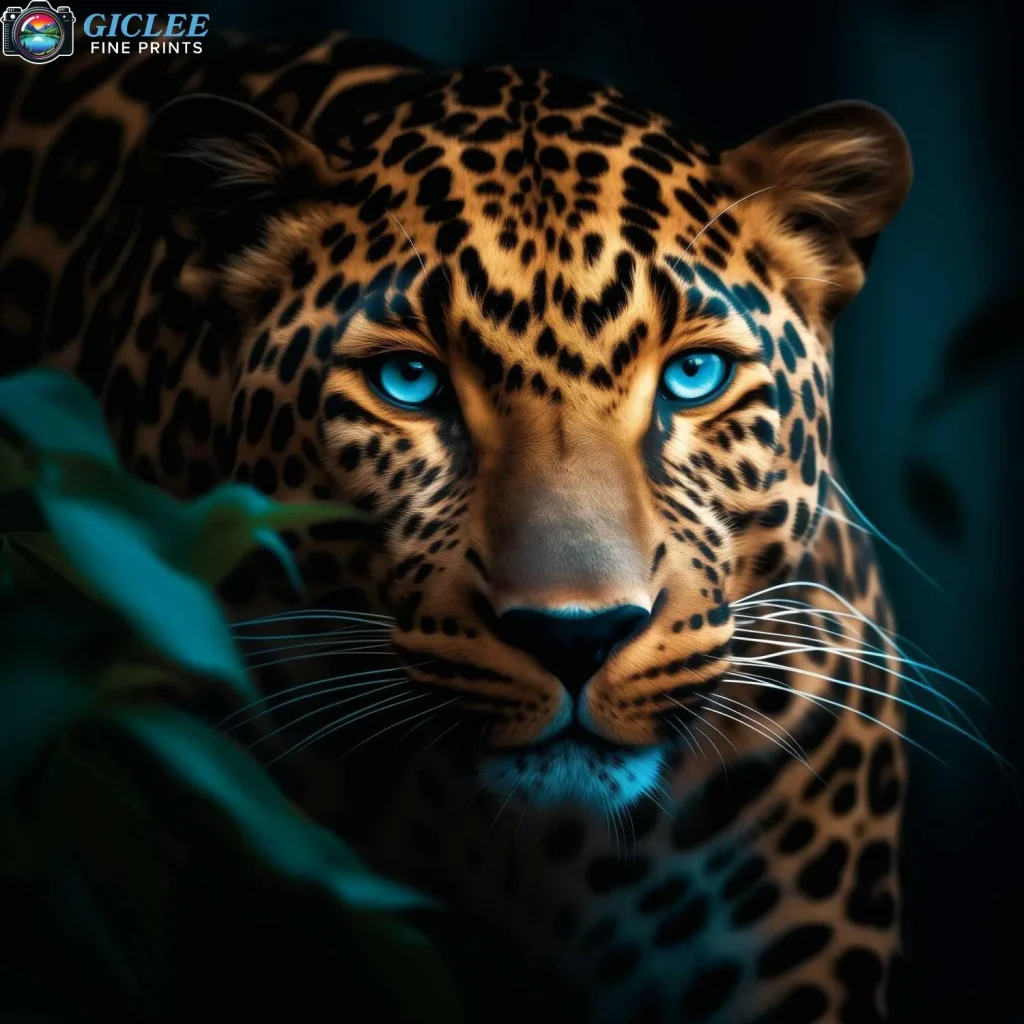
Direct to Film (DTF) printing is an innovative printing technology that allows you to transfer prints directly onto fabrics using a special film. This method has been gaining popularity due to its versatility, ease of use, and ability to produce vibrant, durable designs on various fabric types. Whether you’re a small business owner looking to customize apparel or a hobbyist interested in personalizing garments, DTF printing offers a flexible solution for your printing needs. This guide will walk you through the DTF printing process, its benefits, and how it compares to other printing techniques like Direct to Garment (DTG) and screen printing.
What is DTF Printing?
Direct to Film (DTF) printing is a heat transfer technique where designs are printed onto a special film and then transferred onto the desired fabric using a heat press. Unlike Direct to Garment (DTG) printing, which prints directly onto the fabric, DTF uses a film transfer process that allows for more flexibility with different types of materials, including cotton, polyester, nylon, and blends.
Key Features of DTF Printing:
- Versatile Fabric Compatibility: DTF printing can be used on a wide variety of fabrics, including cotton, polyester, silk, and even denim.
- No Pre-Treatment Needed: Unlike DTG, which often requires pre-treating the fabric, DTF printing eliminates this step, making the process faster and easier.
- Vibrant Colors and Durability: DTF prints offer bright, bold colors with excellent washability, ensuring that the design remains vibrant even after multiple washes.
How Does DTF Printing Work?
The DTF printing process involves several key steps, from printing the design onto the film to heat transferring it onto the fabric. Here’s a step-by-step breakdown of how it works:
Steps in the DTF Printing Process:
- Design Creation: First, the design is created using graphic design software. The design should be in high resolution to ensure the best quality print.
- Printing on Film: The design is printed onto a special DTF film using a printer with DTF inks. The film is transparent, and the ink is printed in reverse so that the final image will be correctly oriented when transferred to the fabric.
- Powder Application: After printing, a layer of adhesive powder is applied to the printed design. This powder helps the design adhere to the fabric during the heat transfer process.
- Curing the Powder: The adhesive powder is then cured, usually by passing the film through a curing oven or using a heat press for a short period. This ensures that the powder bonds properly to the ink.
- Heat Transfer: The cured film is placed onto the fabric, and a heat press is used to transfer the design from the film to the material. The heat activates the adhesive, which ensures that the print bonds firmly to the fabric.
- Peeling the Film: Once the transfer is complete, the film is peeled off, leaving behind the vibrant, durable design on the fabric.

Benefits of DTF Printing
DTF printing offers several advantages over other printing methods, making it a popular choice for customizing garments and other textiles.
Advantages of DTF Printing:
- Works on All Fabric Types: Unlike DTG, which works best on cotton, and sublimation, which requires polyester, DTF printing can be used on a wide range of fabrics, from cotton and polyester to nylon and silk.
- No Fabric Pre-Treatment: With DTF, there’s no need to pre-treat fabrics, which saves time and effort, especially when working with multiple garments.
- Vibrant and Durable Prints: DTF produces bright, colorful designs that are highly durable, resisting cracking, peeling, and fading even after repeated washing.
- Cost-Effective for Small Runs: Since DTF doesn’t require screens or extensive setup, it’s more cost-effective for small batch or custom orders, making it perfect for small businesses or personalized gifts.
- Flexible Placement: DTF allows for designs to be transferred to hard-to-print areas, such as sleeves, collars, or pockets, giving more creative freedom.
DTF Printing vs. DTG Printing
Direct to Film (DTF) and Direct to Garment (DTG) printing are both popular methods for custom apparel printing, but they have some key differences that might make one more suitable for your needs than the other.
Comparison of DTF and DTG:
- Fabric Compatibility: DTG works best on 100% cotton or cotton blends, while DTF can be used on a wider range of fabrics, including polyester, nylon, and blends.
- Pre-Treatment: DTG requires fabric pre-treatment to ensure the ink adheres properly, whereas DTF does not need pre-treatment, making the process faster.
- Print Durability: Both methods produce durable prints, but DTF tends to have better washability and resistance to cracking or peeling.
- Cost: DTG can be more cost-effective for large runs of cotton-based garments, while DTF is more economical for small batches or when printing on a variety of fabric types.
- Print Feel: DTG prints have a softer feel because the ink is absorbed into the fabric, while DTF prints may feel slightly thicker since the design sits on top of the fabric.

DTF Printing vs. Screen Printing
Screen printing is another popular method for printing on fabric, and it’s often compared to DTF because both can produce high-quality, long-lasting prints. However, each method has its strengths and is better suited to different types of projects.
Comparison of DTF and Screen Printing:
- Design Complexity: DTF is ideal for complex, multi-colored designs or images with gradients, whereas screen printing works best for simple, bold designs with fewer colors.
- Setup Time: DTF has minimal setup since there are no screens involved, making it faster and more cost-effective for smaller runs. Screen printing requires individual screens for each color, making it more suitable for large batch orders.
- Fabric Compatibility: DTF can print on a wide range of fabrics, while screen printing is versatile but works best on cotton and cotton blends.
- Durability: Both DTF and screen printing offer excellent durability, but screen printing tends to have a more textured, raised feel, while DTF prints are smoother.
Best Use Cases for DTF Printing
DTF printing is perfect for a variety of applications, from custom apparel to accessories and promotional items. Its versatility and ease of use make it a popular choice for both businesses and hobbyists.
Ideal DTF Printing Applications:
- Custom T-Shirts: Create vibrant, long-lasting designs on t-shirts made from cotton, polyester, or blends. Perfect for small businesses, events, or personalized gifts.
- Hoodies and Sweatshirts: Print detailed designs on hoodies or sweatshirts without worrying about fabric limitations.
- Promotional Products: Use DTF printing to customize bags, hats, or even hard-to-print areas like pockets and sleeves.
- Sportswear: Since DTF works well on polyester, it’s ideal for creating custom sports jerseys and activewear.
Contact Us
Our address is: 3816 Pioneer Trail Ste #3, South Lake Tahoe, CA 96150
Email: Info@gicleefineprints.com
FAQs
Yes, DTF printing works on a variety of fabric types, including cotton, polyester, nylon, silk, and blends.
Yes, DTF prints are highly durable and resistant to cracking, peeling, and fading, even after multiple washes.
DTG prints directly onto the fabric and works best on cotton, while DTF prints onto film and can be transferred to a wider range of fabrics without the need for pre-treatment.


